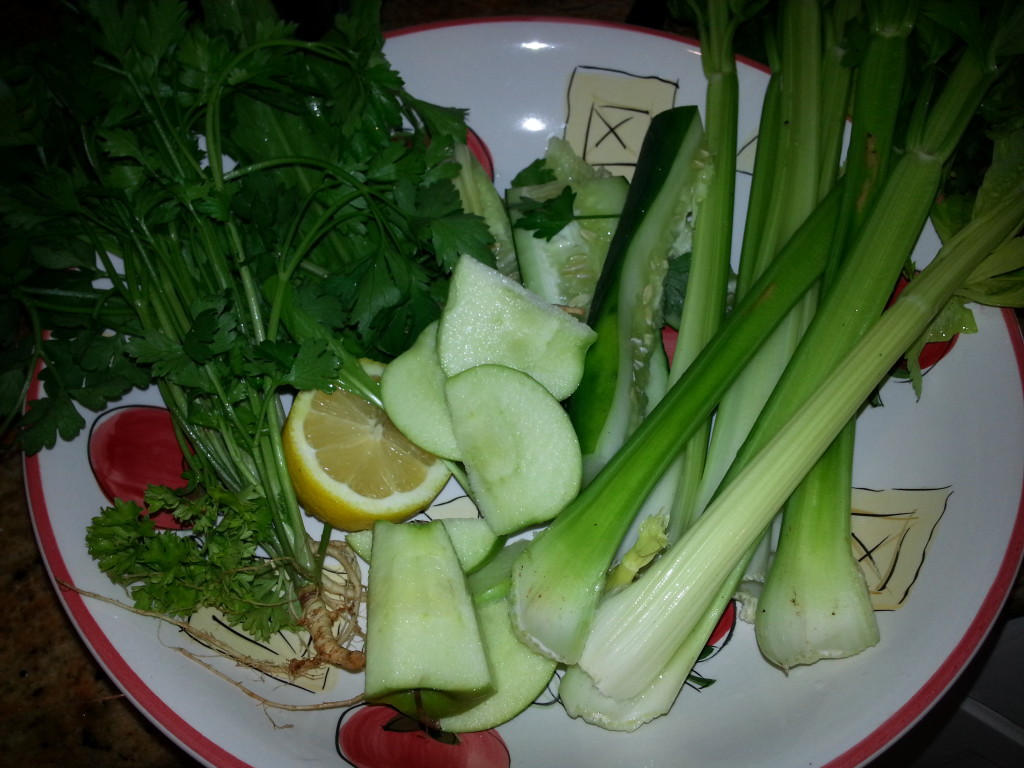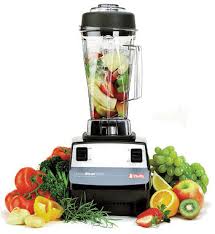Amazing Turmeric

Turmeric has been a main spice ingredient in Indian food and I may have purchased the orange colored spice once in my life and left it in the spice cabinet for years where it hardened and I threw it in the trash. To tell you the truth I never knew what to do with it. […]
The Wonderful Benefits of Celery

Celery, and it must be organic, is one of my favorite vegetables to juice. I love the fresh taste, the ease of pushing it through the juicer, and the smell of fresh celery just being juiced. I find it so refreshing. I just lowered my blood pressure and I believe I owe it all to […]
Juicing For Slim Healthy Sexy

I have a buzz going on in my body but it is not from an overdose from coffee. Heaven’s no! It’s from the juice I just drank in the sun by my pool. I started the day off with hot water and lemon and I love the combo very much. I. goodbye coffee breath, 2. […]
Oranges…Super Food!

Oranges possess over 60 different flavonoids, making them a nutritious fruit to eat o a daily basis. Immensely rich in hesperidin and naringin, oranges are emerging as a weapon for boosting eye health, fighting heart disease, preventing kidney stones and enhancing immunity. Orange History While oranges are widely available and fairly inexpensive today, they were […]
Do You Have a Healthy Alkaline Body?

Healthy blood has a pH level of 7.35 I’m sure you have heard there is a difference between an alkaline body and an acidic body? The theory is that an acidic body’s support inflammation and even cancer, while a alkaline body is a healthy body that fends of disease. Most […]